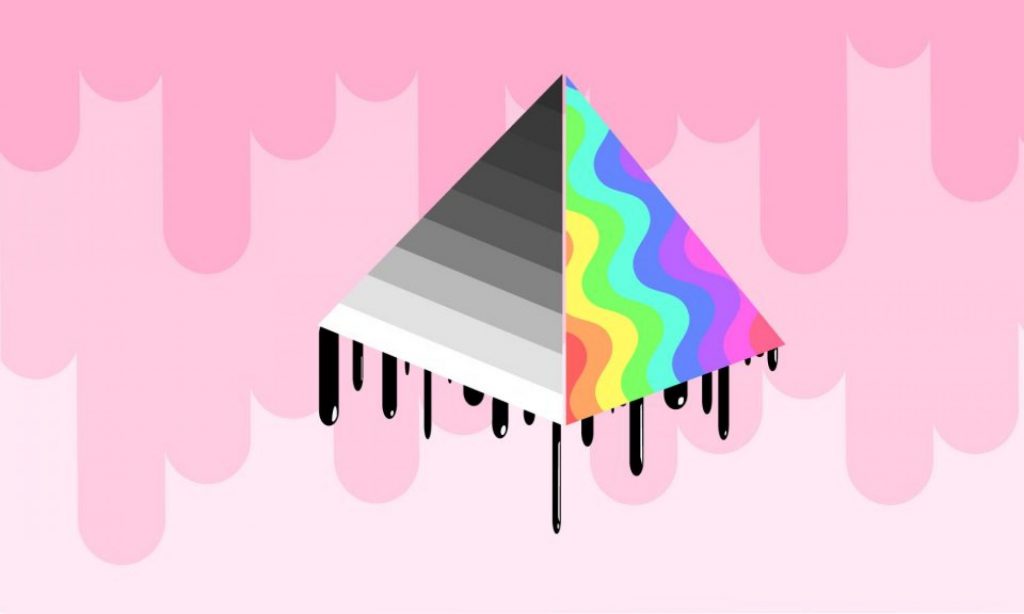The Blair Witch Project was a movie in 1999 that challenged a lot of the conceptions of what a movie of the time should be. The movie is based off the premise of a camera crew going into the woods to film a documentary about the legends of a witch in the nearby woods. This adds an element of the film being very Meta and feeling more real as the cameras, audio equipment and crew are all referenced in the story of the movie. The movie seemed so real in fact, that in a quote from The guardian: https://www.theguardian.com/culture/2018/may/21/how-we-made-the-blair-witch-project
The co-director of the film, Daniel Myrick stated that: “We were listed as deceased on IMDb. Our parents started getting condolence calls”
The film consisted of only 3 cast members and cost around 26,000 pounds to shoot.
At first, the film doesn’t appear to have a very concise beginning, middle and end. The end is very abrupt and the climax at first appears to happen within 5 minutes of the ending. This works to the movie’s effect of realism, as in real life, things can proceed or go down hill quickly, but as a movie it’s somewhat different from the traditional Three act structure seen in most movies.
Exposition: The Exposition for The Blair Witch Project is longer then most films, with the conflict not starting until much later on in the film. The exposition starts with introducing us to the main characters and giving us a bit about each of their personalities through their interactions with each other, and then giving us small hints about what or who the Blair witch might be through interviews with local residents.

Conflict: The conflict in the film occurs when after filming shots over a day in the woods, the group finds themselves lost on the second day and can’t find their way back, attempting to stick to a map and compass to find their way home.

Rising Action: The rising action in this film takes up the longest portion of the film, with the climax, falling action and resolution only taking up around 15 minutes at the end of the movie. The rising action consists of the characters fights between each other, stressing over being lost, and having an unidentified entity consistently antagonize the characters night after night. This leads to a lot of smaller elements like losing the map to get out, interpersonal fights between characters, and revisiting the same areas or finding weird symbols on trees, all being separate conflicts that come together as one to quickly deteriorate the character’s mental states.

Climax: The climax of this film happens very quickly over a short period of time and its slightly difficult where to determine where the climax actually is. One of the characters is taken in the night, and throughout the next day the remaining two characters attempt to find him with no success. The small action portions in this movie occur over night, leaving the days to feel like a reprise, with this day being the shortest out of all others and not letting the viewer feel much relief at all from the previous night.

Falling Action: The falling action for this movie comes with both the viewer and character’s slow realization that the group most likely isn’t going to make it out of this situation. Over the course of around 5 minutes, the characters find an abandoned house while hearing their friend call out to them and scout around to try and look for their friend. It could be perceived that this is also a continuation of the climax, with the falling action not being a main emphasis and the story ending abruptly.

Resolution: The resolution of this film ends with the implied death of the characters on screen. With this being made to be a handheld or found footage style film, the audience only sees what the character sees as long as the character is filming. This leads to intentional gaps in the viewers knowledge when the characters are not filming, leaving the audience to piece together or interpret what has happened or other story elements throughout the film.

Overall: This film is difficult to analyse in a typical 3 act structure as by design, it is made to have portions that are very quick and others that are very long. The beginning of the film with both the exposition and conflict follows the typical three act structure, but the rising action and climax go far past the 2/4rd portions of the runtime, with both the climax, falling action and resolution all happening so quickly that it’s difficult to place exactly where the climax starts and where the rising action does. This does make the story feel rushed towards the end or even chaotic, but the intention was to make this story feel real with chaotic quick segments making it feel all the more real.
